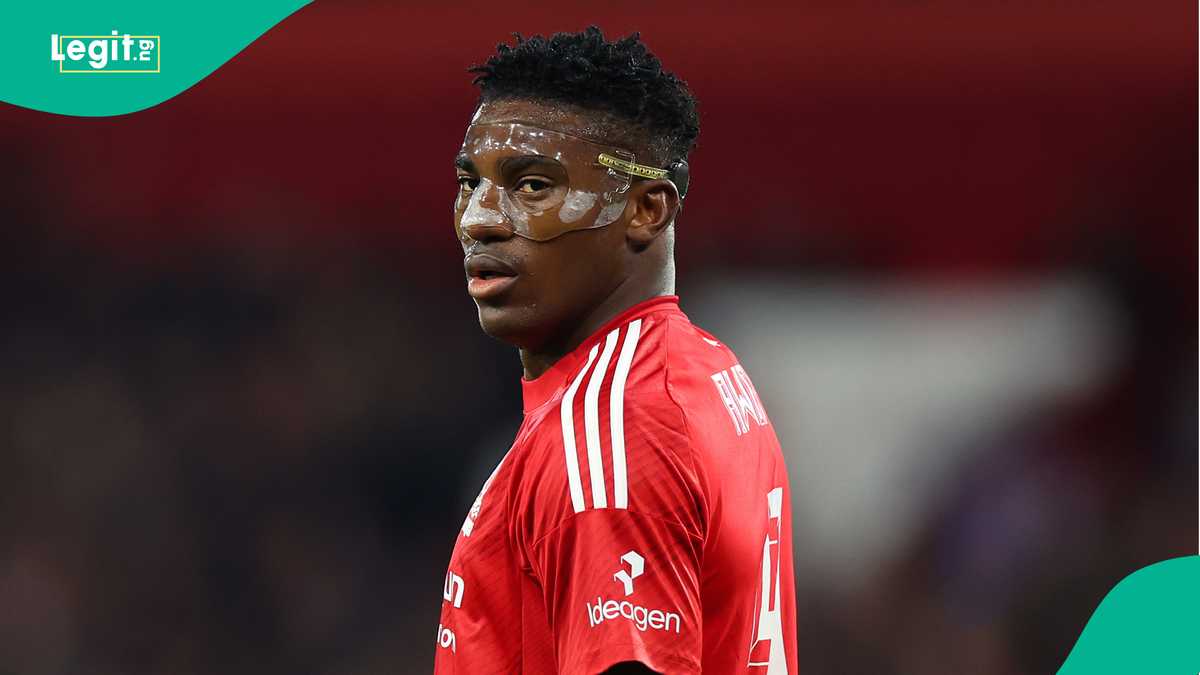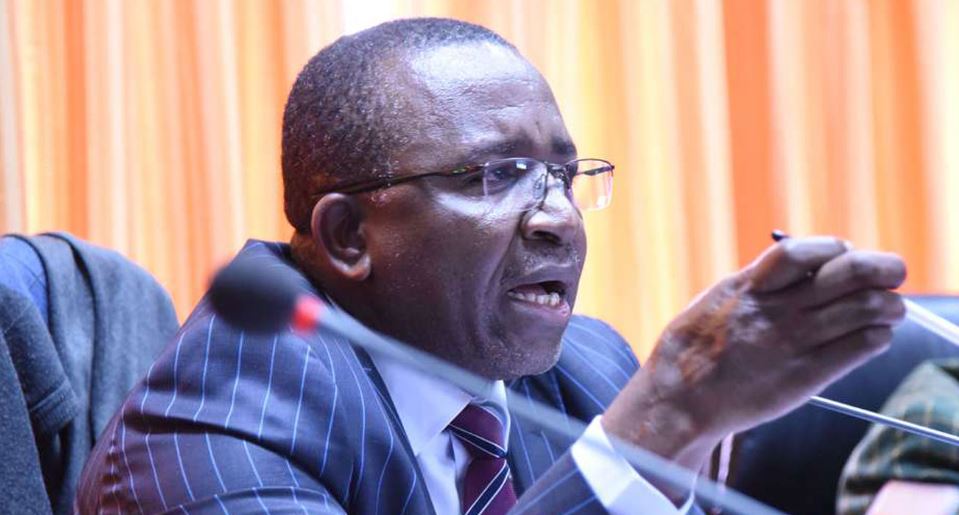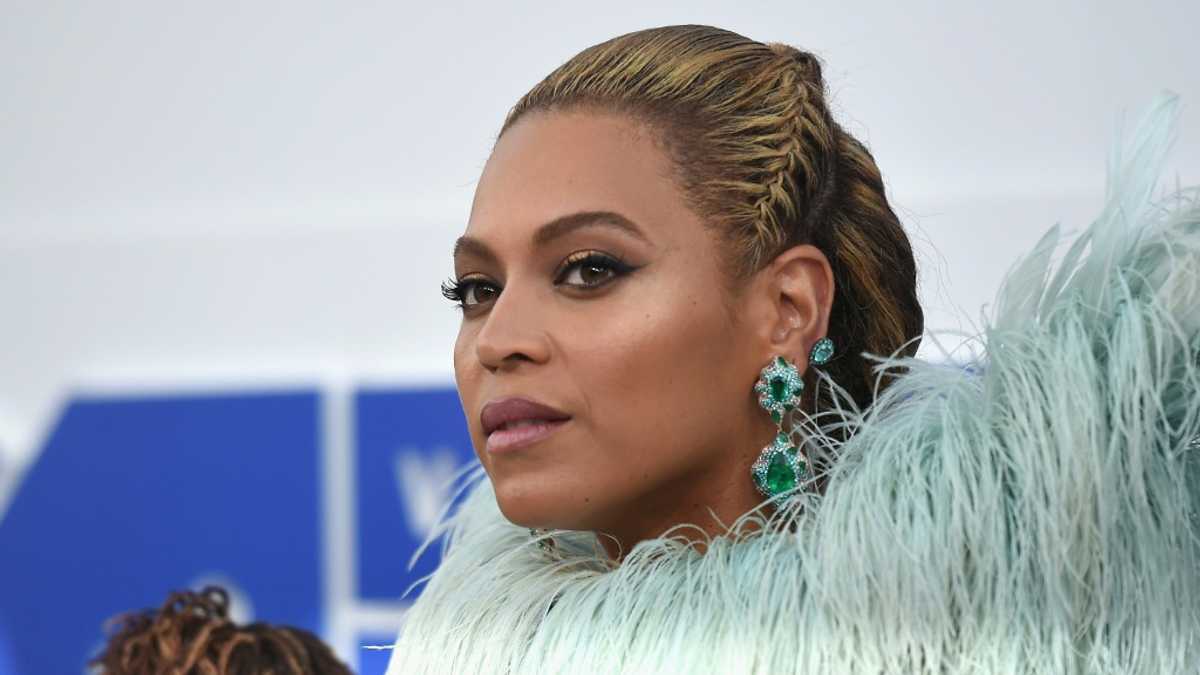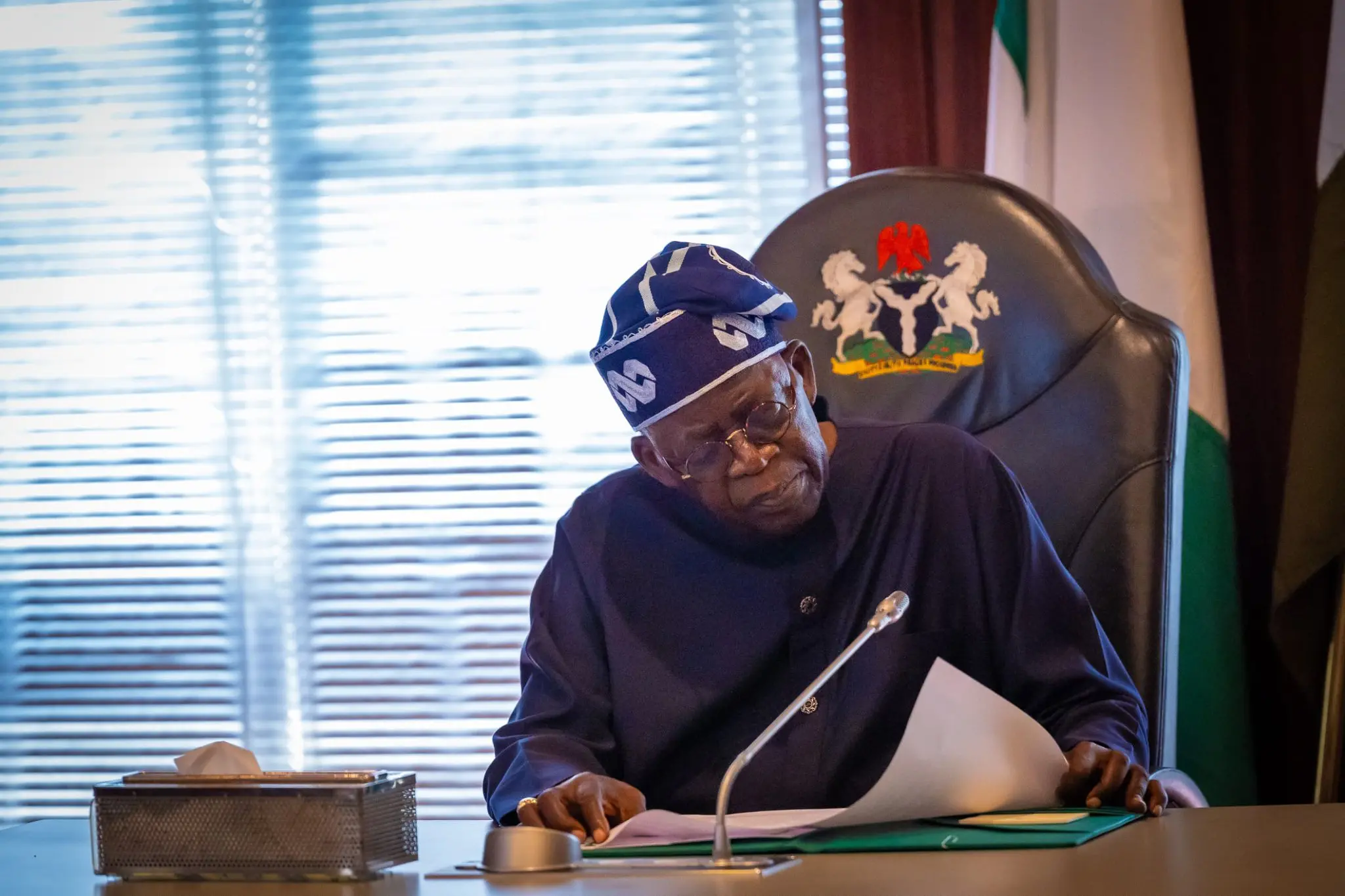Season isn't over, but SDSU is already in NIL negotiations with basketball players for next one - San Diego Union-Tribune
On rare off days during the season, San Diego State’s basketball coaches typically drive to Los Angeles or head to the airport for a quick trip to evaluate high school prospects.
A few weeks ago, two coaches embarked on a different sort of recruiting mission. They visited the parents of one of their own players, lobbying to keep him for next season.
It is the new reality of college athletics in the era of the free player movement fueled by the enticement of six- and seven-figure payments under guise of name, image and likeness: You have to re-recruit your own players each year as much as new ones.
That process quietly started at SDSU and many other campuses with weeks left in the regular season. Better to pounce now instead of waiting until the transfer portal opens March 24.
“You have to have NIL talks now,” coach Brian Dutcher told “The Field of 68” podcast last week. “You have to secure your roster now, because if they go portal, it’s unlimited free agency with no salary cap. No pro sport in the world can survive that, yet that’s what college basketball is.
“We’re starting to work our way through the roster right now. You wait till the end and try to get it all done in a week, it’s impossible. … We’re in negotiations. That’s college basketball. And you know what? People (from other programs) are calling on the kids already. They’re trying to get involved with them.”
The college sports landscape has changed dramatically in recent years, and it is set to change again with the anticipated approval of the House settlement that will allow universities to directly share revenues with athletes instead of funneling NIL payments through an independent collective.
Some athletic departments will absorb the outside collectives. SDSU is not one of them.
The university is expected to opt-in to terms of the House settlement, but the MESA Foundation will remain the primary source of financial assistance for its men’s and women’s basketball programs.
“I think there’s a level of assumption that when a dollar goes into the athletic department, there’s a level of uncertainty of exactly how that dollar might get split,” said Jeff Smith, an SDSU alum who founded the MESA Foundation. “These are basketball supporters. They want their dollars going to the thing they care about, and we figured that out.”
The MESA Foundation started humbly three seasons ago with an annual budget of $350,000. Players received equal monthly checks of about $2,000 in exchange for participating in a half-dozen charitable community events.
MESA — an acronym for “Mentoring and Empowering Student-Athletes” — doubled its budget the following year and then doubled it again. The infusion of $1.1 million last November from the Players Era Festival, a nonconference tournament in Las Vegas with guaranteed seven-figure NIL payouts, has bumped the budget for 2025-26 to north of $2 million.
Which still might not be enough.
“What I would say is,” Smith said, “even though that is twice as big as it was last year, we are very aware that in order to retain the group of guys we have and to address a few of the openings, we could be in the range of $1 million to $1.5 million behind where we need to be.”
Most high-major programs are estimated to have NIL or revenue-share kitties for men’s basketball between $3.5 million and $5 million next season.
“People might fatigue from hearing about it,” Dutcher said after practice Thursday, as his team prepares for Saturday’s game at Wyoming (5 p.m. PST, CBS Sports Network). “But I hope they also have an appreciation that it’s the world we’re living in right now. We’re doing everything in our power to make people aware that this has a lot to do with the success moving forward that the Aztecs will either enjoy or not enjoy our ability to be relevant in the NIL market.
“We’re not saying we’re going to have as much as some of the blue bloods. But we can be relevant to the point where we can be contenders to get back to a Final Four if we have enough to field a team that’s about the right things. We’ll continue to bring those kind of kids in, but it’s not going to be for free like it used to be.”
Last year, MESA launched a $300,000 fundraising campaign that was paired with a matching pledge from a donor and hit $268,000. A similar campaign will be unveiled next week, although the timing and focus are different.
Last year’s push was directed toward attracting replacements for Lamont Butler, Micah Parrish and Elijah Saunders, three players who chased NIL money elsewhere. This year’s campaign will come before the end of the regular season with an eye towards retention.
“Would we like to keep this team intact? One hundred percent,” Dutcher said. “That is our goal, that is our effort. Now we’ll see what the reality of it is as we move forward.”
The Aztecs have six freshmen or sophomores in their nine-man rotation.
How good could they be if everyone else stays?
“I think the sky is the limit,” redshirt sophomore guard Miles Byrd said. “It would be super talented. The only thing is next year we’d all have another year under our belt, so more experience.”
Senior guard Reese Waters, a preseason all-conference selection who is sitting out this season with a stress fracture in his foot, has already committed to returning. Byrd, the second-leading scorer, said Thursday he’ll bypass the portal and play for SDSU next season if he doesn’t turn pro.
That’s two big pieces. But retaining the others is less certain and, potentially, more expensive.
Freshmen Pharaoh Compton and Taj DeGourville have both played key roles off the bench and undoubtedly will attract power conference interest.
An even bigger fish is 7-foot redshirt freshman Magoon Gwath, whose emergence over the past month (before hyperextending his knee) put him on the NBA radar and could command seven-figure NIL offers to stay in college.
“There was a collective decision made that it would make a lot of sense to be preemptive and not just wait for the season to end,” MESA’s Smith said. “We recognize how badly these guys want to play here and how special this team is and what the return of these players might look like next season. We wanted to get to them as early as we could and say, ‘This is what we’re able to do.’ They have all been significant increases (from 2024-25).
“It just remains to be seen if the numbers we’ve offered is enough to keep everybody. At the same time, we’re very aware that other schools and other collectives, despite players not being in the portal, are already doing whatever they can to corrupt some of our guys for potential opportunities to go other places. That’s just the reality of it.”
The system, in many ways, works against the Aztecs.
Players retain agents, and agents get a percentage — sometimes as much as 20% — of whatever NIL deal they cut. And that almost always means they make more if a player leaves, whether it’s in his best interest or not.
“There are agents out there soliciting offers for players who haven’t even signed with them.” Dutcher said. “That’s how these agents position themselves, where they’re out there marketing a kid. And then all of a sudden, the season ends and they go to the kid: ‘I’ve got five or six offers for you already.’ And they don’t even represent the kid.
“We realize what kind of world it is right now. You can’t ignore it. Some of the offers out there aren’t real. They’re fake. But some are real. To sift through all that is a challenge, not only for coaches but for players as well.”
It makes for an awkward last few weeks of the schedule, keeping one eye on this season and another on the next, figuring out how to allocate MESA resources while still trying to grow them.
“It’s an uncertain time,” Smith said. “Yeah, you do everything you can, but I don’t know if we feel like we’ll know everything up until the very last minute, unfortunately.”
Originally Published:











